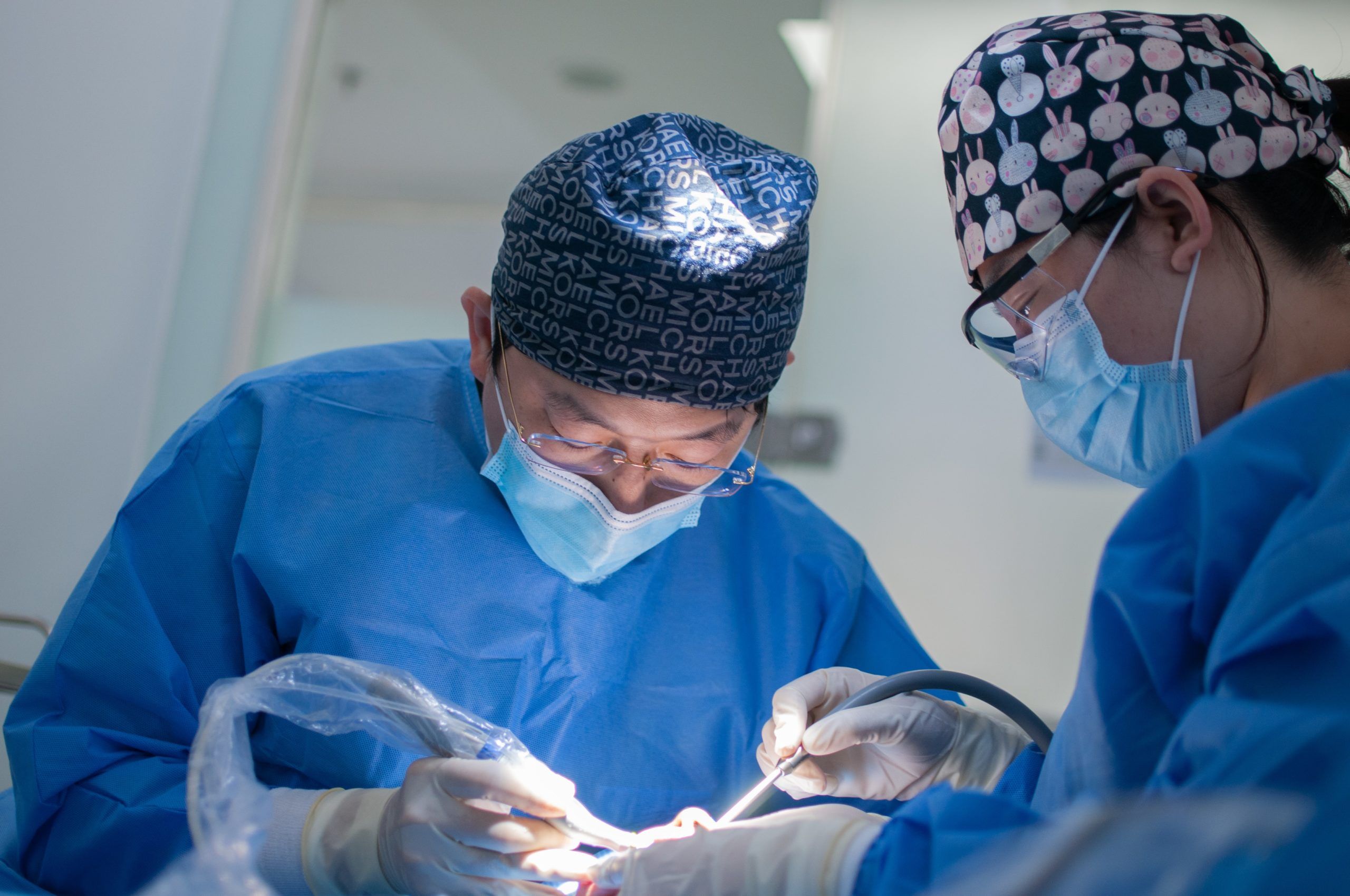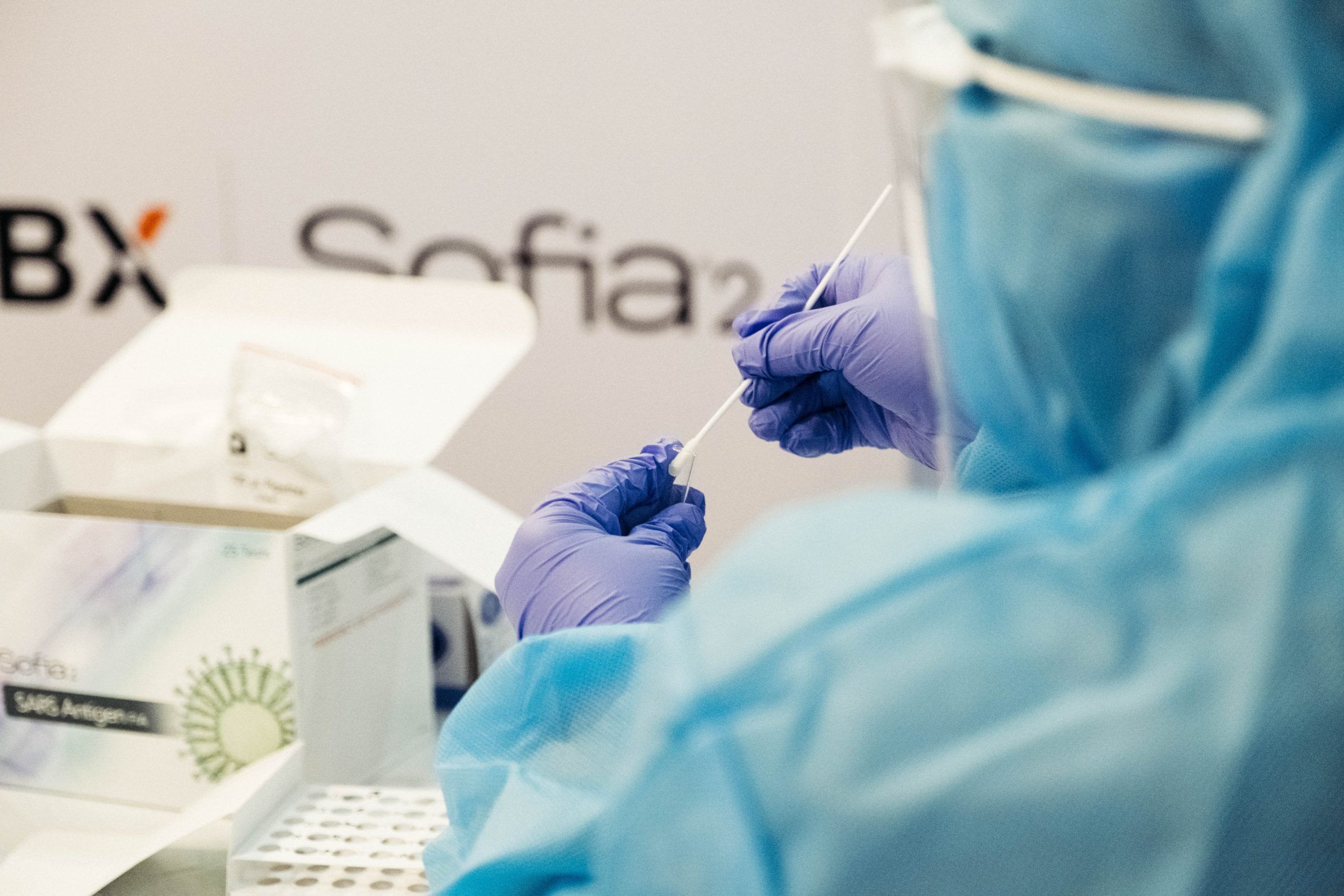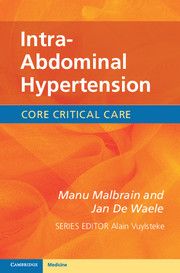FOAM resources in WSACS app
Sign-up for lifetime free WSACS membership and get access to our FOAM resources. The Abdominal Compartment Society (WSACS) welcomes all who have an interest in Intra-Abdominal Hypertension and Abdominal Compartment Syndrome.
Education
Research
Donate for WSACS research
Stop patients dying from Abdominal Compartment Syndrome every day worldwide.
Donate now and support WSACS research!
Intra-Abdominal Hypertension (Core Critical Care) 1st Edition
Despite increasing interest in intra-abdominal hypertension (IAH) and abdominal compartment syndrome (ACS) as causes of significant morbidity and mortality among the critically ill, unanswered questions cloud the understanding of the pathophysiology of these conditions:
-
Are IAH and ACS synonymous?
-
What are the ideal methods of measuring and lowering intra-abdominal pressure (IAP)?
-
When should we think of IAH?
-
Can IAH be prevented?
-
What level of IAP requires abdominal decompression?
About the Authors
-
Manu Malbrain, MD, PhD is Director of ICU and High Care Burn Unit, ZNA Stuivenberg, Antwerp. He is an ESICM Chris Stoutenbeek Award winner and the founding President of The World Society of the Abdominal Compartment Syndrome (WSACS).
-
Jan De Waele, MD, PhD is Senior Lecturer at Ghent University and an intensivist at Ghent University Hospital, Ghent. He is Chair of the Clinical Trials Working Group of the WSACS.
Publisher | Cambridge University Press; 1st edition (August 15, 2013) |
Language | English |
Paperback | 253 pages |
ISBN-10 | 0521149398 |
ISBN-13 | 978-0521149396 |
Item Weight | 10.2 ounces |
Dimensions | 4.8 x 0.5 x 7.3 inches |
Join WSACS – free lifetime membership
-
Discounts on World Congress registration fees
-
Access FOAM content via WSACS app
-
Clinical Trials Working Group (CTWG) membership
-
Support for research proposals and funding
-
Late-breaking IAH/ACS news
The Abdominal Compartment Society (WSACS) welcomes all who have an interest in Intra-Abdominal Hypertension and Abdominal Compartment Syndrome.










